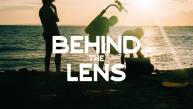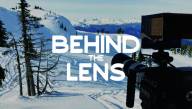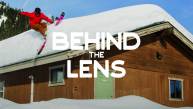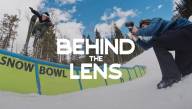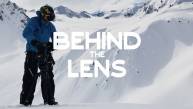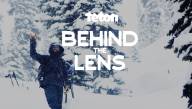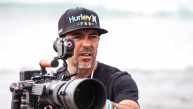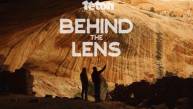Remember those days as a kid, when daydreams and mindsurfing led you to believe anything was possible? Better yet, what about when you first got into mountain biking, and every ride carried that feeling of utter amazement?
That feeling is exactly what mountain biker and filmmaker Mike Hopkins wanted to capture in his three-part Dreamride project. He wanted to make a mountain bike film that anyone could relate to and would stand out in the veritable ocean of content currently making the rounds. With the help of cinematographer Scott Secco, Hopkins just released the final chapter of the Dreamride trilogy.
Hopkins is the kind of guy who doesn’t like to put into one box. Pro Skier? Check. Pro mountain biker? Check. Filmmaker? Check. Over the last two decades, he has been quietly making waves in more than one corner of the action sports community, moving from skiing to mountain biking, and now to filmmaking (while still absolutely shredding bikes in his own films).
On the other side, Scott Secco, who is behind much of the banger online bike content we’ve seen in the last few years, is one of the most creative and skilled minds in mountain bike cinematography. His drone piloting and creative camera angles are exactly what have made Dreamride stand out amongst the crowd.
With the release of Dreamride 3, TGR caught up with Hopkins and Secco to learn a little bit more about what goes into making on the most creative mountain bike projects we’ve ever seen.
 Hopkins and Secco chimp a shot in the jungles of New Zealand on set for Dreamride 3. Bruno Long photo.
Hopkins and Secco chimp a shot in the jungles of New Zealand on set for Dreamride 3. Bruno Long photo.
TGR: Where did Dreamride come from?
Mike Hopkins: Believe it or not, a poem. It really started with me wanting to make something different, that captured the basic feeling of “Where would you want to ride your bike?”
So, we all came up with some ideas, and my friend Lacy Kemp came up with the idea of doing something around the Dr. Seuss poem Oh the Places You’ll Go. We tried to license the poem, and of course it was outrageously expensive, like way beyond mountain bike budgets. So that went out the window. Then Lacy went ahead and wrote a poem of her own, and we turned that into a storyboard with stunning visuals to go along with it, and all of a sudden, our project was born.
One of the main points was taking mountain biking and looking at it from a child’s perspective. Childhood emotions are something everyone can associate with, because we’ve all been there in one way or another. And I think that’s why a lot of us do sport, we want to get some of that back, and go places that are much bigger than us. Call it blissful ignorance!
TGR: Who helped you make that dream reality?
MH: Once the idea was somewhat fleshed out, it was time to find people to make it happen. Where would we go, what would we do, and how would this thing take shape? Originally, we brought on Ryan Gibb as director and main cinematographer. Scott Secco came along as a second cameraman/intern who really wanted to work with Gibb. Finally, we brought Bruno Long as our photographer.
Our crew started this massive email chain and started throwing ideas around of what locations looked really cool. So, we slowly built up this roadmap that involved going down through the U.S. and hitting as many epic spots as possible. It started in Utah and then went 7000km north back to our homes in BC.
 Doing a fair amount of this inspired Hopkins to produce the three part series. Bruno Long photo.
Doing a fair amount of this inspired Hopkins to produce the three part series. Bruno Long photo.
TGR: Sounds like quite the roadtrip, where did you go?
MH: We picked a ton of really abstract locations, stuff that would really make mountain biking stand out and appeal to people’s inner feeling of being a kid again. If we take all these really beautiful environments and weave together something compelling, we should be able to make something that’s captivating for anybody to watch.
So, for the first one, five of us crammed into a car and we were just totally dirtbagging it. That meant sleeping on the side of the road or all crammed into one hotel room. It was this really beautiful dirtbag story. But it was sick!
None of us really knew what we were doing at the time, so we were just kind of cruising. If we found something sweet, we’d just shoot it, but that came with its own challenges. For example, there’s this big rock spiral jetty in Utah’s Great Salt Lake, and that was the most horrendous thing I’ve ever ridden, with the salt and just shitty rocks. I remember throwing my bike.
Secco: That first trip was awesome for me, especially since I was 100 percent in my grom days. I was actually still in university and had to be writing essays for class while we were out on the road. A lot has changed since then!
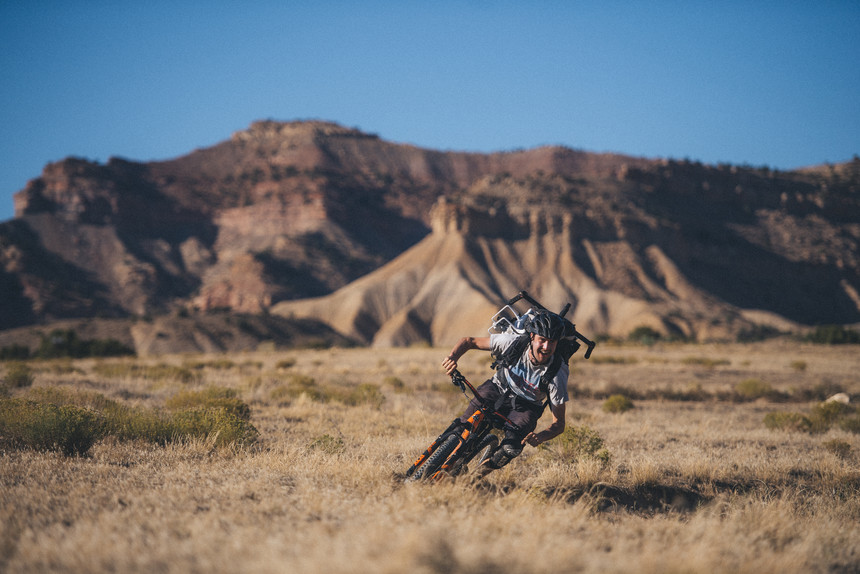 Secco ripping around the Utah desert fully loaded, drone, gimbal and all. Paris Gore photo.
Secco ripping around the Utah desert fully loaded, drone, gimbal and all. Paris Gore photo.
TGR: Hopkins, you a play a lot of different roles in the project, how do you balance them?
MH: It wouldn’t be possible without that team! Between balancing being an athlete, producing and directing a project like this, and also having to deal with client and sponsor obligations, it’s all really hard. So, I’m wearing all these hats and stressing myself out but luckily Dreamride 1 worked out, so we stuck to that formula for Dreamride 2, and now 3 and it seems to be working!
Secco: It’s super sweet hanging out together with Hopkins in the mountains. He has this really strong creative vision and crazy ideas for shots. Sometimes, they’re impossible to pull off, so I try to make it work in a way that I know will actually work! It’s a really good collaboration, giving me a chance to get my own ideas down and then integrate them with his, and we get to feed off each other’s ideas to come up with something awesome.
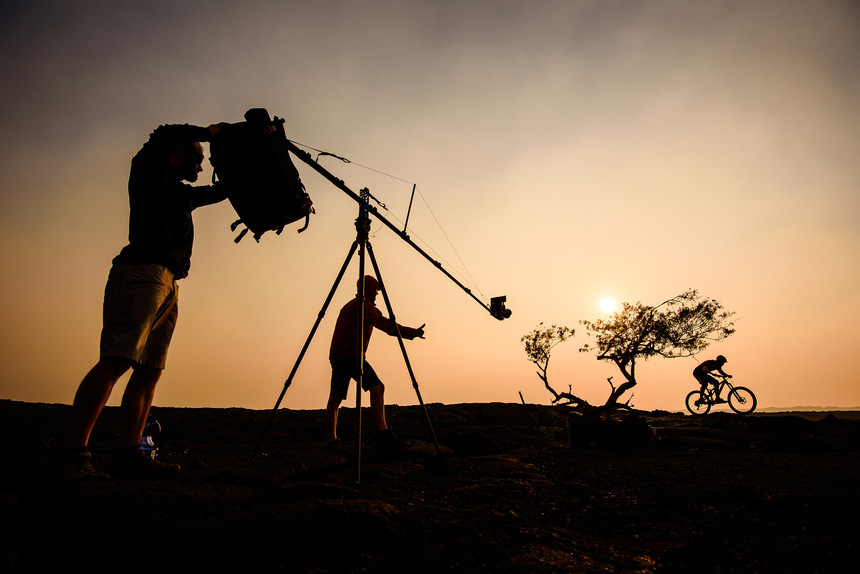 Trying new things and thinking outside the box defines the character of the Dreamride films. Bruno Long photo.
Trying new things and thinking outside the box defines the character of the Dreamride films. Bruno Long photo.
TGR: How has the Dreamride concept evolved over the years?
MH: The concept has really stayed the same, but making it happen has definitely been a learning process. Making Dreamride 2 was hard, especially at first trying to figure out where we could find as many different stunning locations and environments as possible while in the middle of winter. Our options were definitely really limited, but we ended up at the Big Island of Hawaii.
Nobody really rides bike there, but we ended up meeting a handful of really cool locals and immediately we were like “oh man, you are on our page!” It turns out that there is almost NO riding on the Big Island of Hawaii, there’s just no trails and no real community. It’s not illegal or anything, but nobody has really been into it there. So, we kind of used that to our advantage, but it meant that riding wasn’t really great, forcing us to use as many camera tricks as possible to make the riding look good.
Hawaii was tough. But then we filmed Dreamride 2’s snow scene in about a week and a half, where everything just lined up. Revelstoke had just gone through this big melt-freeze cycle, making the ground really hard and easy to ride on.
We brought on David Peacock and Jordan Manley as additional cines, and Dave was awesome because he’s a really strong skier, so he could create some of those followcam shots in the snow scene. He’s actually on skis bombing down behind me with a Movi (a very heavy, cumbersome professional camera gimbal).
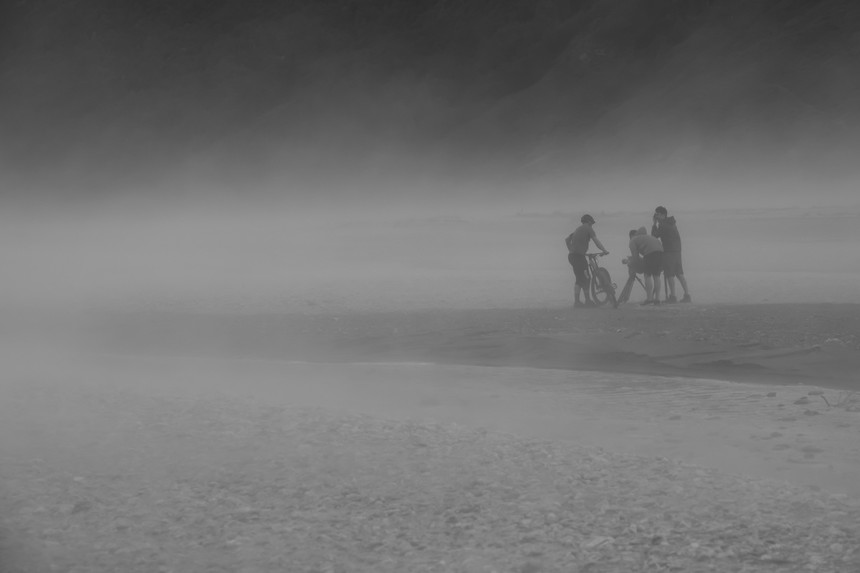 Whether its filming on snow or in high winds on the NZ coast, shooting was never easy. Bruno Long photo.
Whether its filming on snow or in high winds on the NZ coast, shooting was never easy. Bruno Long photo.
TGR: Speaking of that snow scene, what went into that?
MH: We filmed it mostly on Abraham Lake, this massive lake right outside Banff National Park. Dave actually put on ice skates and skated behind me as I was pedaling across the lake, which kind of added to those shots. That lake was crazy! There’s a mountain range that sweeps down to the lake, and inside of the range we found a bunch of slot canyons with frozen waterfalls. We met some ice climbers who gave us a rope, so we could climb up there. None of the footage so far has made it into a film, but it was us riding off waterfalls in these slot canyons. It was really kind of insane, but it didn’t quite line up with the pacing of the film. Hopefully we’ll be able to release that pretty quick here!
Out on the lake though, the ice was literally breaking up beneath our feet. It’s controlled by a dam, and the water level would suddenly go down. The ice is 5-6 feet thick, and out of nowhere these pressure fractures would just shoot through it and send these echoing booms throughout the valley. It definitely feels like you’re going to die! The whole ground just drops, not much, but just enough to make you pretty much shit your pants. Hey, in this line of work, we do a lot of stuff that when you look back on it sometimes might seem a little stupid!
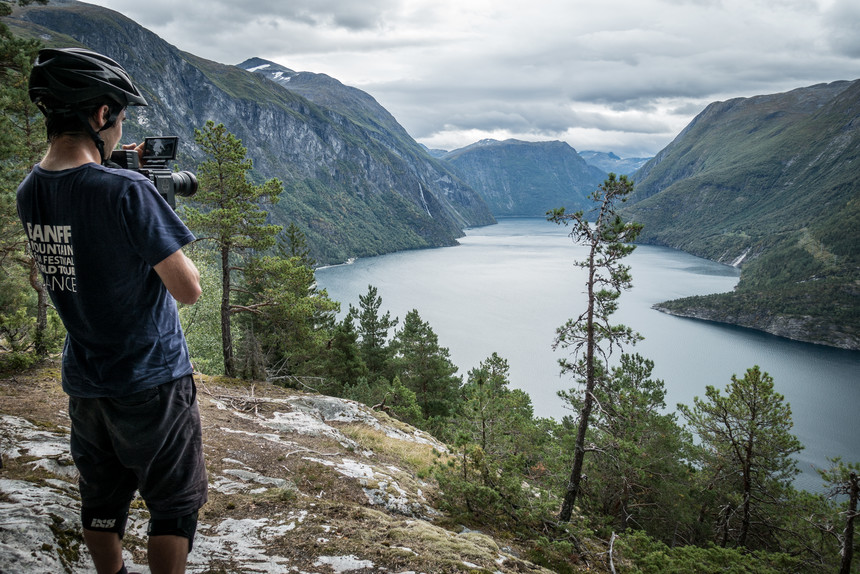 To Hopkins and Secco, hanging out in the mountains together and creating something unique is the ultimate goal. Scott Secco photo.
To Hopkins and Secco, hanging out in the mountains together and creating something unique is the ultimate goal. Scott Secco photo.
TGR: Did you learn your lessons for Dreamride 3?
MH: I feel like I get a little bit better at the whole process each time, so this one went really smoothly. We put a lot of work into it before we even went out to shoot, so it was much easier once we were out there. Trying to re-invent that idea a third time definitely got a little bit exhausting, but it was still really fun.
We had six weeks in New Zealand and really made it happen down there.
Secco: New Zealand was amazing, it was super hectic! It reminded me of our first trip down to Utah, but this time we were all crammed into this little tiny Mitsubishi van that was way too small for the four of us. We were always chasing weather, jetting around from location to location.
We were lucky and got some insane light some evenings, and I think I got some of the best drone shots of my life down there. Of course, we went for both the most visually stunning locations and the most unique ones, so we shot we shot places like Rude Rock trail, Rotorua, Block Hill, and this volcanic island about 50km off the coast called White Island. I actually lost a drone there trying to fly through the volcanic steam. I definitely wasn’t considering how hot that actually was, so I think it might have actually melted the drone.






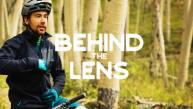
__video_thumb.jpg)


__video_thumb.jpg)

